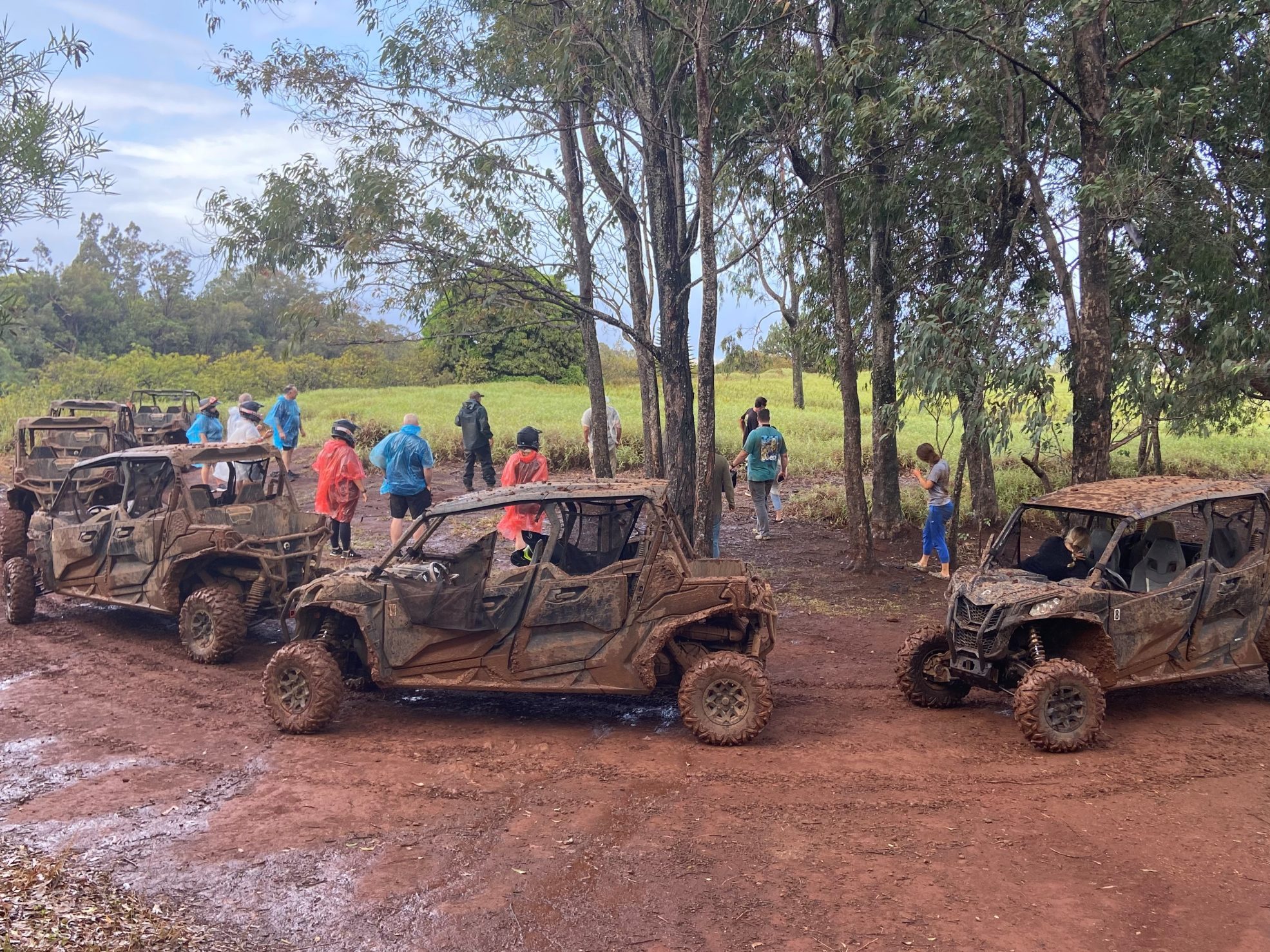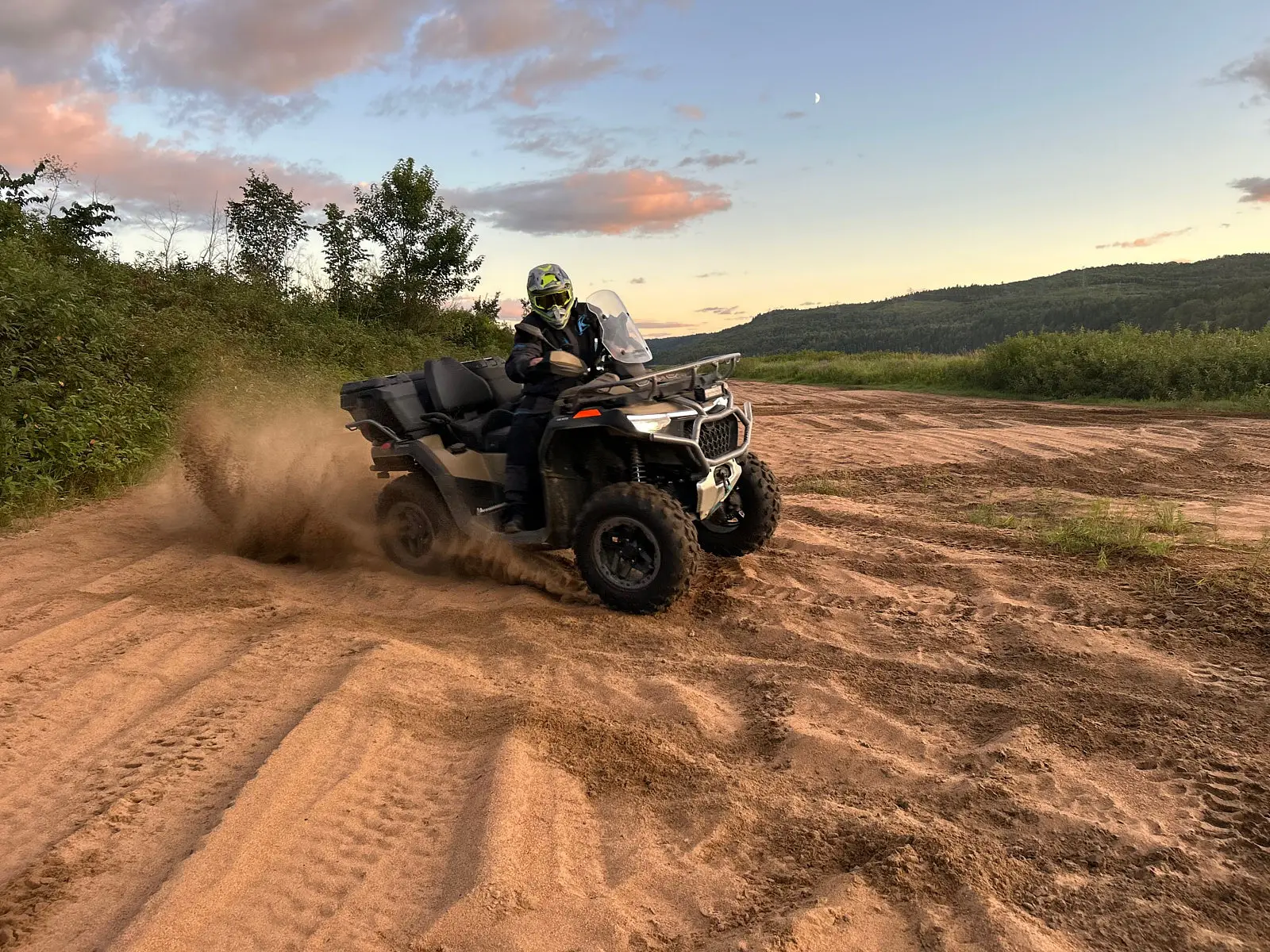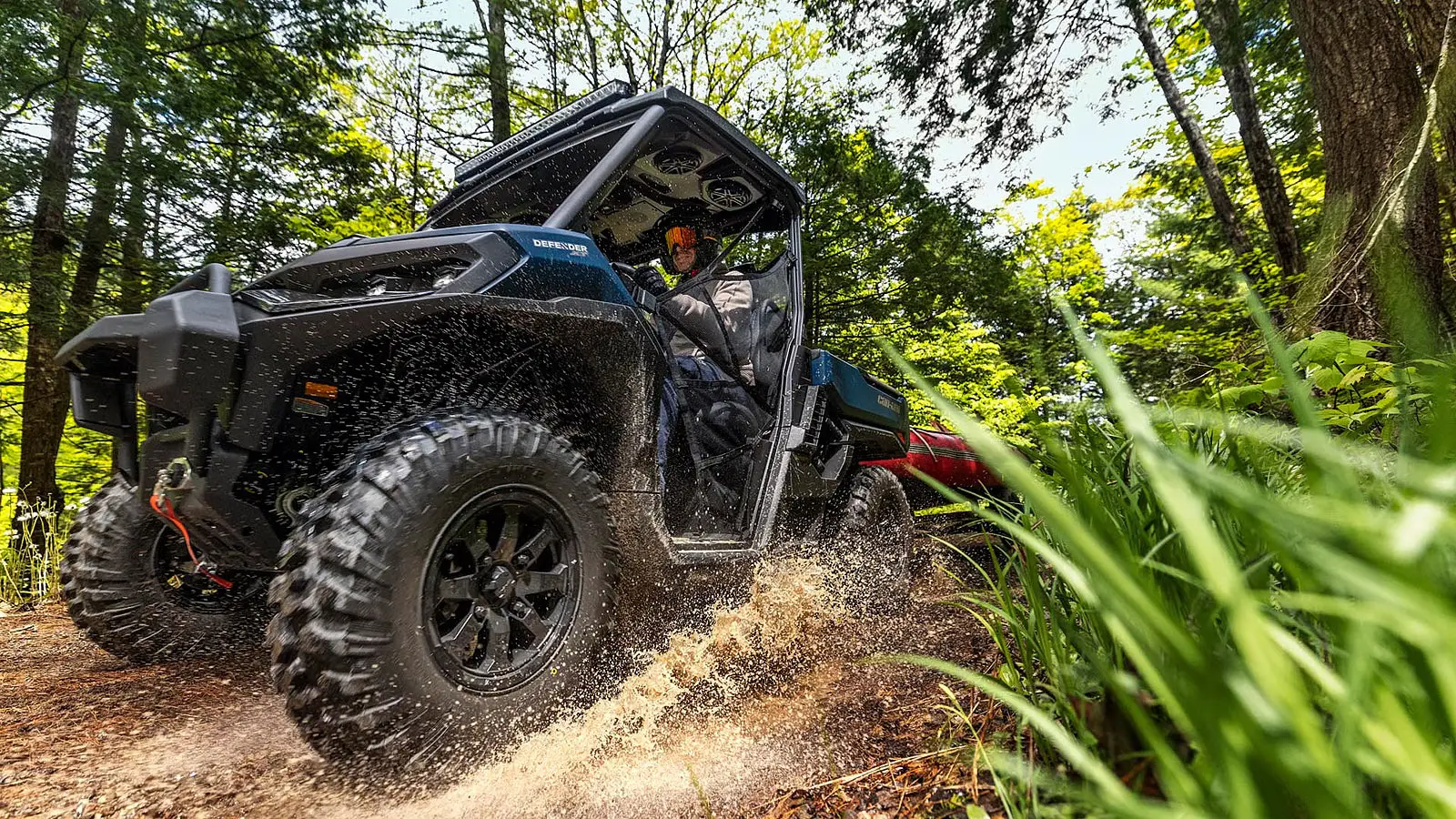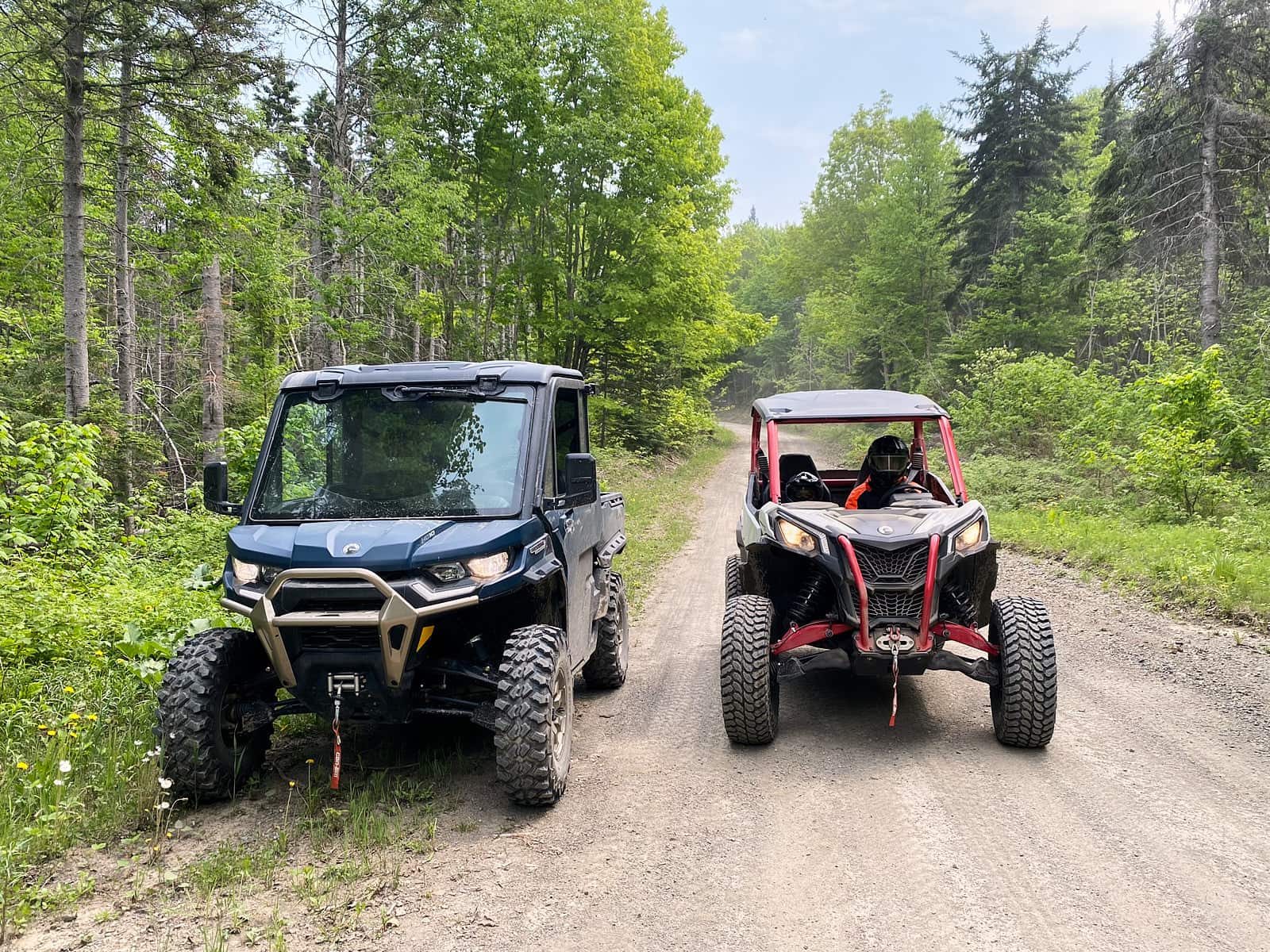Table of contents
ToggleAmong the Hawaiian archipelago, the island of Maui is probably the most popular in terms of tourism. Despite a local population of about 170,000, it is far behind Oahu, which has over 900,000 residents.
Although Oahu may seem “bigger” because of its large population, Maui is actually the larger of the two islands. It has unpopulated areas like Haleakala and the West Maui Mountains taking up much of its mass.
Both offer many opportunities for outdoor adventures, including hiking, biking, camping and stargazing. According to the Hawaiian Tourism Authority, Maui is the most expensive of the Hawaiian Islands, while Honolulu (Oahu) is the least expensive of the islands. Maui is not a good option if you are on a tight budget.
The island of Maui is blessed with large tracts of virgin land and depending on whether you are in the south or the north, you will have the chance to see different vegetation directly related to the abundance of rain. As a result, the south offers rather desert-like landscapes while flora and foliage are omnipresent in the north.
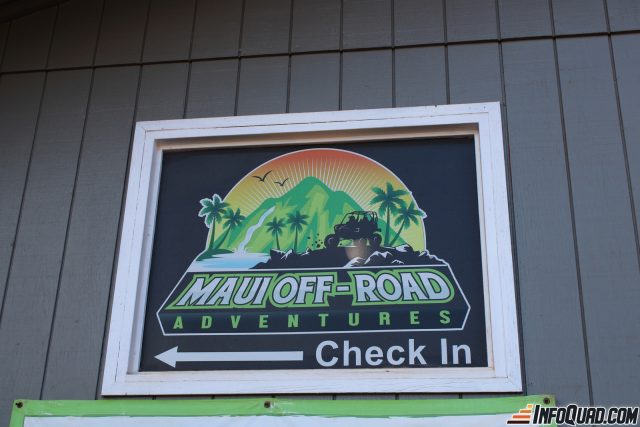
Quad Riding Adventure
The InfoQuad team had the privilege of being invited by Maui Off-Road Adventure when we visited the island. Located specifically in the town of Lahaina, we joined them for a 2-hour scenic tour by SxS. We passed through some of the most breathtaking areas of Maui. Many areas on several miles of epic trails are only accessible by ATV or helicopter. So we had the opportunity to explore a side of Maui that you have never seen before and that few of us have access to.
As soon as we arrived, we were received by the guides who made us sign the usual disclaimers. All the necessary safety equipment is provided to us on-site. In addition, ponchos, dust masks and gloves are available upon request.
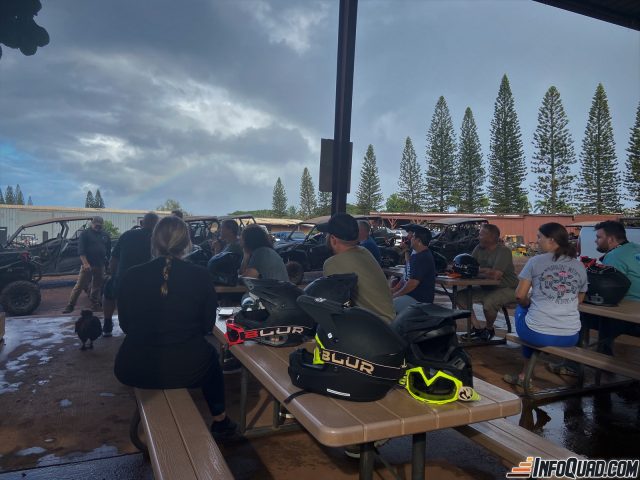
Afterwards, we were given safety instructions. However, during this presentation, we witnessed a deluge of rain. This shower made many laughs because it hadn’t rained in this part of the island for a month. All this sudden water turned the dusty paths into a very muddy road in no time.
Can-am Maverick Sport touring
This year, Maui Off-Road Adventures renewed its fleet by incorporating Can-am Maverick Sport 4-seaters. However, my first observation was that the SPORT mode was not available (voluntarily removed) on our vehicles. For safety reasons and because they are frequently confronted with customers with different levels of experience, the ECO mode is used all the time.
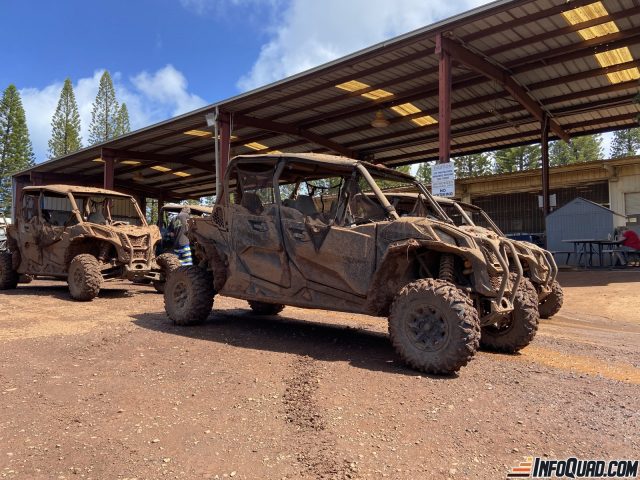
As for us, we were already familiar with this vehicle and we have already conquered it well before the start of the tour.
We must admit that this tour is for off-road adventure enthusiasts! You don’t have to be afraid to get dirty, as the environment we are confronted with will leave traces on our clothes for sure. In addition to the views, livestock and wildlife, this tour allows us to experience the thrill of riding an OHV.
The experience includes climbs to 2,000 feet with spectacular views of the ocean and outer islands. The terrain ranges from trails in portions not easily accessible by other means, riverbed crossings and includes local wildlife. Our playground is an old pineapple plantation and we planned to hike about 20 kilometres.
An enriching experience
During our hike, we made 2 stops and during these breaks, our guides take the opportunity to inform us about the history of this portion of the island of Maui and its flora.
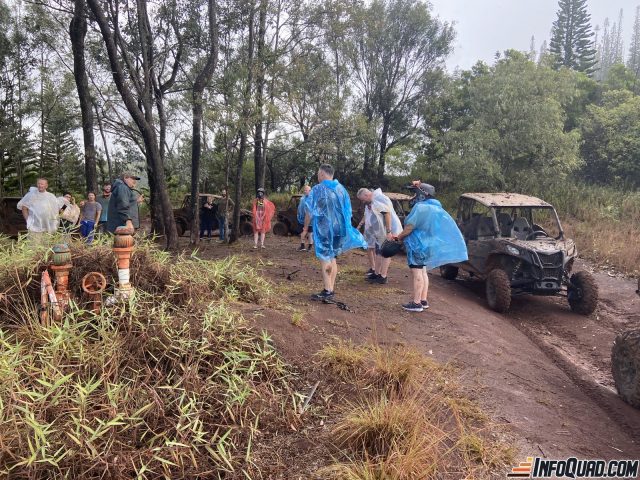
The Pu’u Kukui Watershed Preserve is the largest privately owned nature preserve in the state of Hawaii. Spanning over 9,000 acres from the Honokowai and Honokohau valleys in the north to the summit of Pu’u Kukui in the south. This pristine area is a vital source of water for the Maui community and one of the wettest places on earth. The preserve is home to 300 species of native and endemic plants, including the Koa and the endangered Hawaiian state tree “Ohi’a.” Both help stabilizes the soil during heavy rains and is a symbol of native Hawaiian culture.
Plant species
A number of plant and animal species in reserve are found nowhere else on Earth and are on federal lists of threatened or endangered species. Conservation efforts include the removal of non-native invasive species, control of environmentally benign weeds, monitoring, research, and most importantly, protection of rare species.
Today, invasive species of plants, birds and animals are among the top threats to the watershed’s health. Feral hogs, for example, disrupt the natural soil and ground cover with their foraging and rooting. Once the soil is destabilized, the watershed can experience significant erosion. Not only does this mean less water is retained, but much of the eroded soil ends up in the ocean, choking West Maui’s reefs.
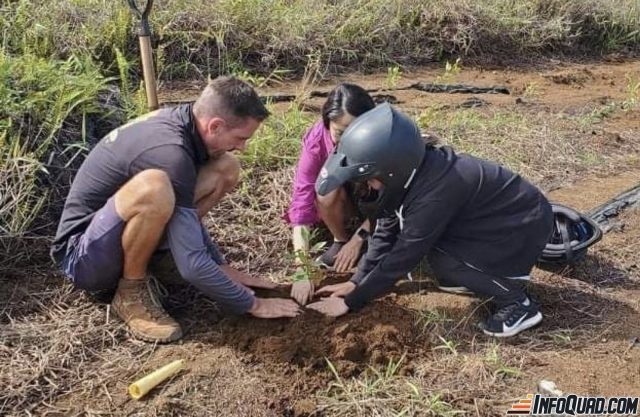
It is in this perspective of preservation that at each group hike, some volunteers have the chance to plant a tree called Koa tree to promote reforestation. This is an experience that many have done right away for future generations.
Despite the unexpected mud and rain, we were blessed to visit the island of Maui from another angle. It is during this type of activity that we have the chance to learn more about these people, their history and their cultures. We become more nature-conscious humans while having fun with the off-road vehicles we love so much.

